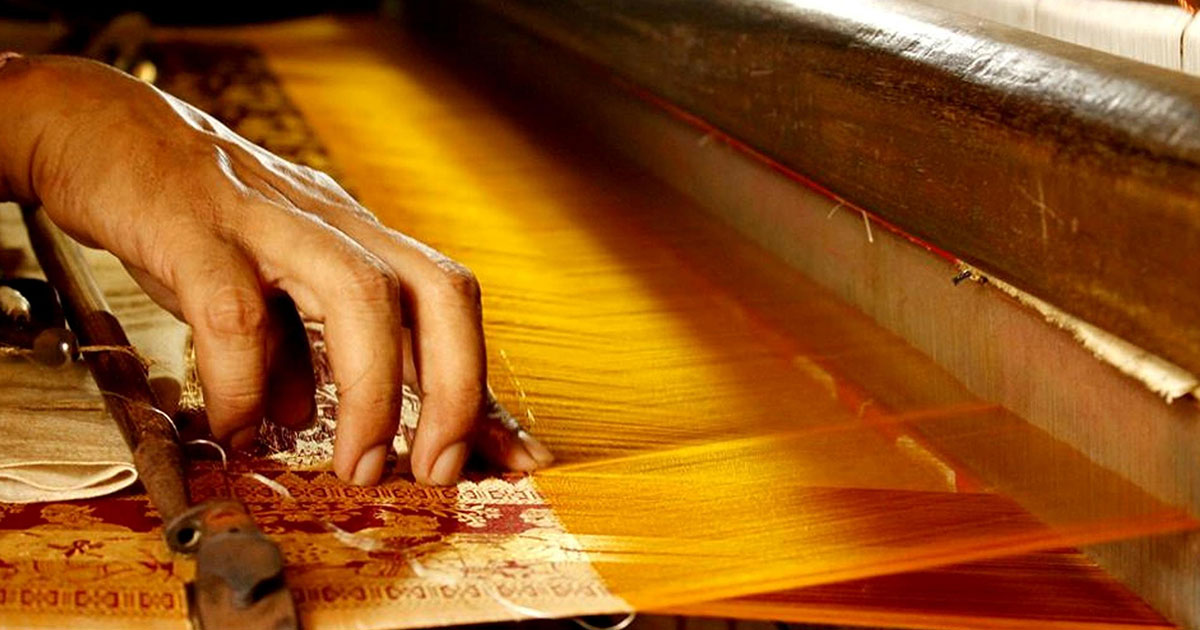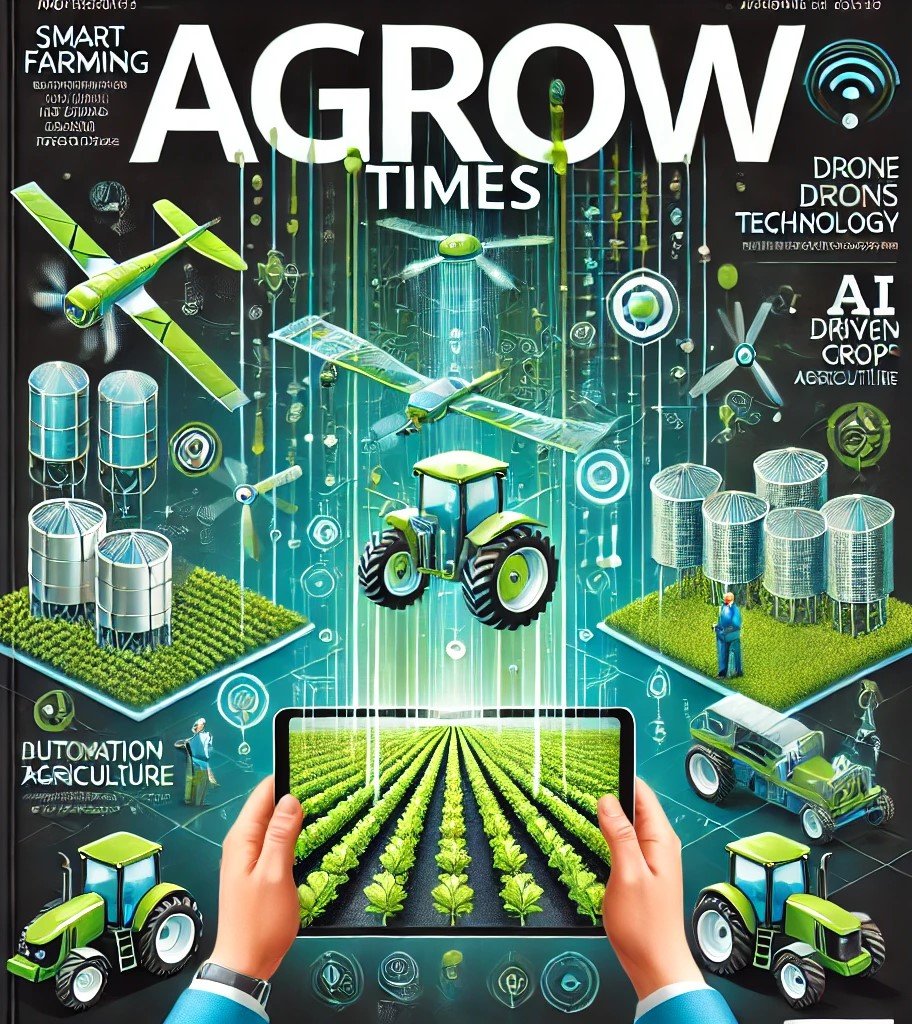Silk production in India has witnessed significant technological advancements, transforming the traditional silk industry into a more modern, efficient, and sustainable sector. As the second-largest producer of silk in the world, India’s silk industry is vital for rural employment, particularly in states like Karnataka, Assam, West Bengal, Tamil Nadu, and Andhra Pradesh. Innovations in sericulture (silk farming), breeding techniques, and processing technologies have greatly enhanced productivity, quality, and competitiveness in both domestic and international markets.
One of the major technological breakthroughs is the development of disease-resistant silkworm breeds and high-yielding mulberry varieties through scientific research and breeding programs. Institutes like the Central Silk Board (CSB) and research centers across the country have played a critical role in creating robust silkworm strains capable of producing better-quality silk while improving survival rates. The introduction of hybrid silkworm varieties has increased cocoon yield and ensured higher returns for silk farmers.
Innovations in automated reeling and weaving machines have also modernized silk processing. The adoption of multi-end reeling machines and automatic silk yarn spinning units has significantly improved productivity and reduced manual labor, ensuring the uniform quality of silk threads. In addition, computer-aided designs (CAD) and advanced looms are empowering artisans to produce intricate silk fabrics with precision and consistency, helping India maintain its reputation for exquisite handloom silk products like Banarasi, Kanjeevaram, and Assam silk.
Technologies like IoT-based farm monitoring systems and mobile applications are assisting farmers in tracking environmental conditions, disease outbreaks, and nutrition requirements for silkworms. These digital tools provide real-time data and guidance, enabling farmers to optimize their practices and boost yields. Further, sustainable sericulture practices, such as improved mulberry cultivation methods and organic fertilizers, are reducing the industry’s environmental footprint while enhancing soil health and productivity.
To promote efficiency, the government has introduced various initiatives like the Silk Samagra Scheme, which focuses on providing financial assistance, skill development, and infrastructure upgrades across the silk value chain. Efforts are being made to promote non-mulberry silk varieties (such as tussar, eri, and muga silk) that thrive in diverse agro-climatic regions of India, creating opportunities for tribal and marginalized communities.
Technological advancements are also opening new avenues for value-added silk products, including silk-based textiles, home décor, and eco-friendly silk composites. The integration of biotechnology for silk protein extraction has paved the way for innovations in industries such as cosmetics, pharmaceuticals, and high-performance materials, showcasing the versatility of silk beyond fashion.
With the fusion of tradition and technology, India’s silk industry is poised for sustained growth. These advancements not only improve farmer incomes and productivity but also strengthen India’s position as a global leader in silk production and innovation, ensuring long-term sustainability and economic development for millions of people associated with the sector.









